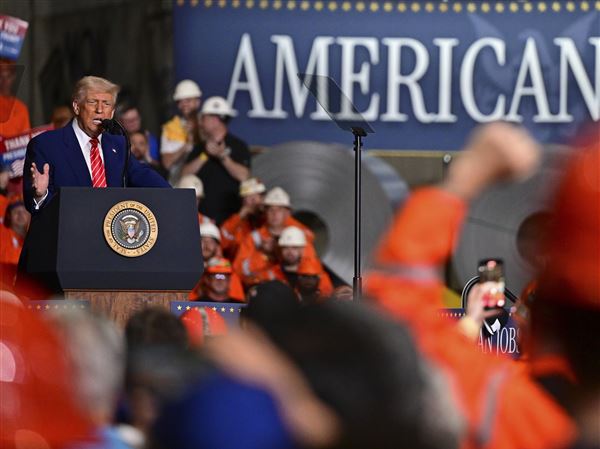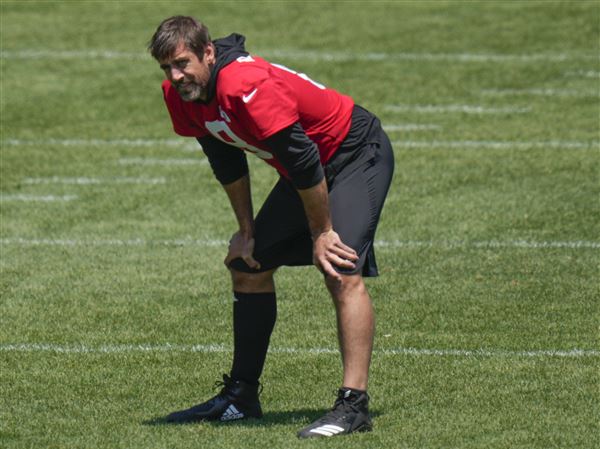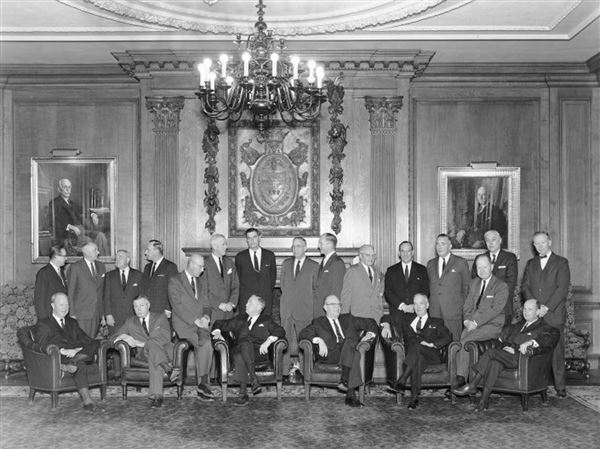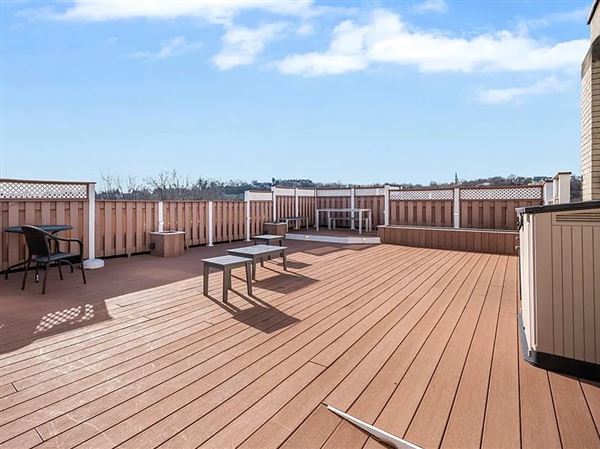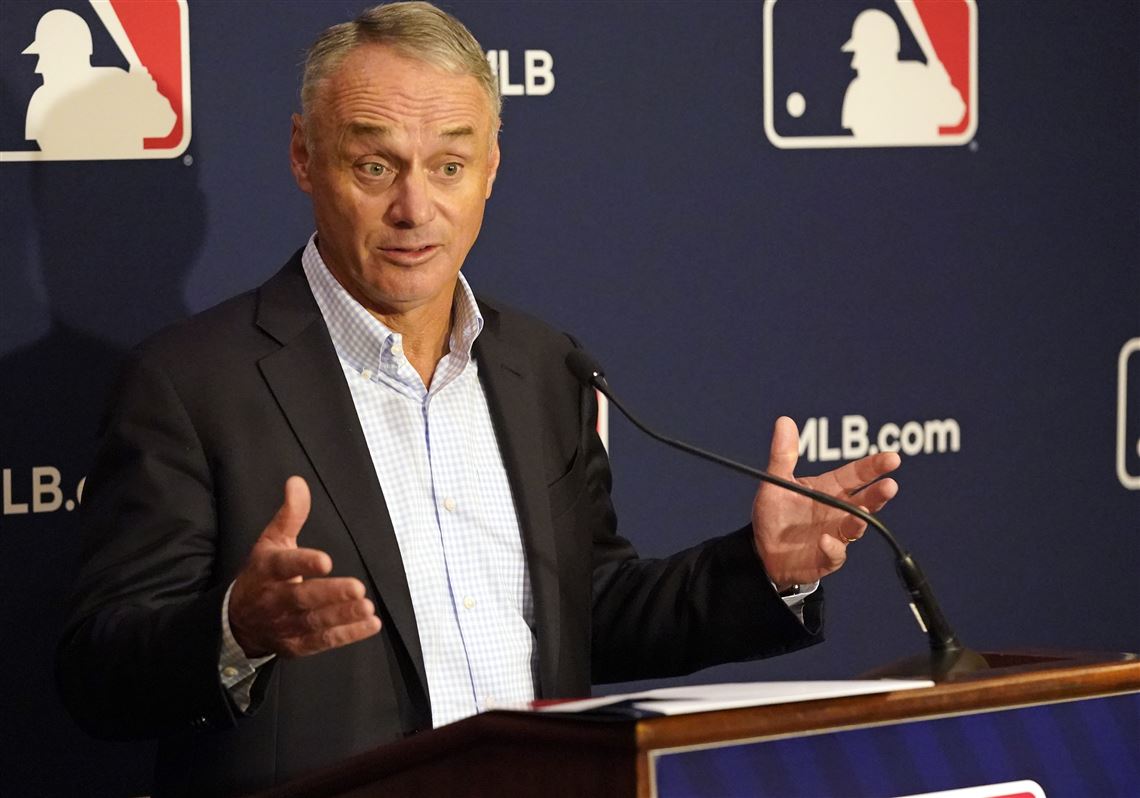With mere days remaining until Major League Baseball’s ongoing lockout forces a labor-related interruption of spring training for the first time in nearly three decades, MLB’s negotiating team presented a 130-page proposal to leaders from the players union on Saturday, in the hopes of rallying negotiations in time to limit the damage.
The comprehensive proposal is the league’s first to cover the full scope of a potential collective bargaining agreement, according to a person familiar with the deal, who said it included multiple changes to the proposals MLB has made before.
Whether the players union believes those changes qualify as significant concessions will be crucial to the fate of the regular season: To this point, the union has largely disparaged MLB’s moves as incremental shifts rather than good-faith shifts toward the union’s stated goal of paying younger players more, discouraging service time manipulation and incentivizing competitiveness.
As recently as Thursday evening, attendees at a Major League Baseball Players Association gathering in Tampa told reporters that they were skeptical that the league’s new offer would be anything more than a much-hyped codification of the status quo.
MLB Commissioner Rob Manfred, meanwhile, refused to announce an official postponement of spring training before the league made this offer, suggesting that the sides would assess the calendar Saturday. As of late Saturday afternoon, no formal delay had been announced. Manfred said Thursday that once a deal is reached, camps could likely open within a few days.
Given that timeline, a delay seems almost certain; a person familiar with the union’s thinking said the players were “underwhelmed” with the offer, though it does include more changes on key issues than the league has offered before.
Most significantly, perhaps, it offers a reduction in non-monetary penalties for teams that outspend the competitive-balance tax threshold, which has emerged as a key sticking point.
Instead of losing a draft pick for exceeding the first surcharge threshold, teams would pay only the prescribed tax on their overages until a second, higher threshold is reached. At that point, teams would concede a draft pick as well as a 75% tax on their overages. Under that plan, a team exceeding the lowest threshold by, say, 2 million would owe 50% or $1 million in tax, a number MLB believes is less of a deterrent to exceeding the threshold than previous proposals.
The players union believe the threshold itself is too low, and has proposed raising it to $245 million. The league’s newest offer increases that threshold more over the five-year life of the CBA than their previous offers, with it ultimately landing at $222 million in the final year. But while MLB’s new offer reduces some non-monetary penalties, the new proposal still includes an increase in tax rates from the previous CBA, something people familiar with the union’s thinking said is still a major problem for players.
The league’s offer also makes changes to the framework by which it is trying to meet the union’s desire to pay younger players — who are relied upon for an increasing proportion of teams’ production — more in keeping with their performance.
First, the offer introduces a new choice for the minimum salaries for players with less than three years of service time, who therefore do not qualify for arbitration: MLB is offering hard minimums of $615,000 for first-year players, $650,000 for second-year players and $725,000 or the choice of a universal soft minimum of $630,000 that allows teams and players to negotiate for higher numbers if they wish.
Second, the offer includes an increase in MLB’s proposed funding for a pre-arbitration bonus pool to be distributed among the highest achieving players with less than three years of service time. MLB has upped that number to $15 million, while the players union still seeks $100 million.
But MLB’s goal in making this proposal, according to a person familiar with its thinking, is to shift the negotiations from the realm of rules and regulations to that of dollars and cents — the kind of thing it believes can be negotiated more quickly than issues such as when players qualify for free agency or whether the current revenue-sharing system should continue. The players union has dropped its request for change on the former issue but maintains its request to reduce shared money in the latter, something on which the league says it simply will not budge.
MLB also altered its proposed plan to encourage teams to call up elite young players when they are ready, rather than at the last possible moment to delay starting the free-agency clock. Previously, MLB’s negotiators offered to institute a policy by which teams that call up young players who then perform well enough to finish near the top of voting for awards like Rookie of the Year would receive one draft pick as a reward for that move.
The league’s new proposal gives teams a chance to receive two compensatory picks: If a player is called up one year and finishes near the top of awards voting, then does the same in either of his next two years of service, his team can receive up to two picks. In other words, if an eligible player wins Rookie of the Year in his first season, then finishes near the top of MVP voting in his second, his team would receive another pick.
The new proposal also includes a limit on the number of times a player can be optioned in one season, initially setting that number at five. It sticks to previous proposals on issues like creating a draft lottery (league wants a three-team lottery, as opposed to union’s eight), implementing a universal designated hitter and expanding the playoffs.
To this point, individual negotiating sessions and new proposals from one side to the other have been narrower, focused on a couple of issues here and a few tweaks there. But with time running out, league officials hope that putting everything in one place will allow the sides to move more quickly. But progress has been so slow that even “quickly” will almost certainly still be too slow to salvage a full spring training schedule.
First Published: February 12, 2022, 11:07 p.m.
